Jimena de la Frontera is a reconquest white village in Cadiz Province, Andalucia, gateway to the Alcornocales Parque Natural
By Nick Nutter | Updated 14 Sep 2022 | Cádiz | Villages |
Login to add to YOUR Favourites or Read Later
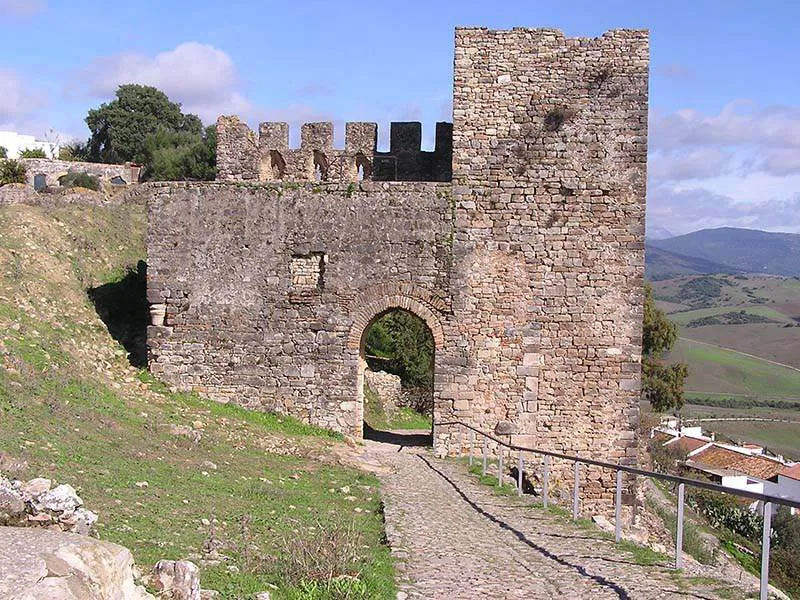
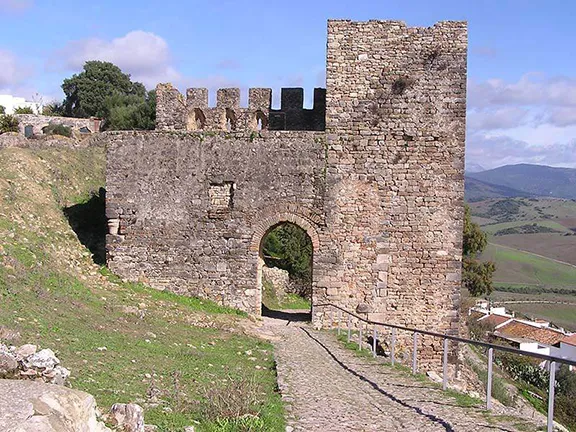
The Castle, Jimena de la Frontera
Jimena de la Frontera is a typical ‘reconquest’ village. The words ‘de la Frontera’ indicate that it was on the border between Moorish occupied Spain and the invading Christians. It is a fine example of an Andalucian ‘white village’ with a castle dominating the town. The town occupies a steep hill, Mount St. Christobal, on a ridge between the rivers Hozgarganta and Guadiaro at a height of 203 metres.
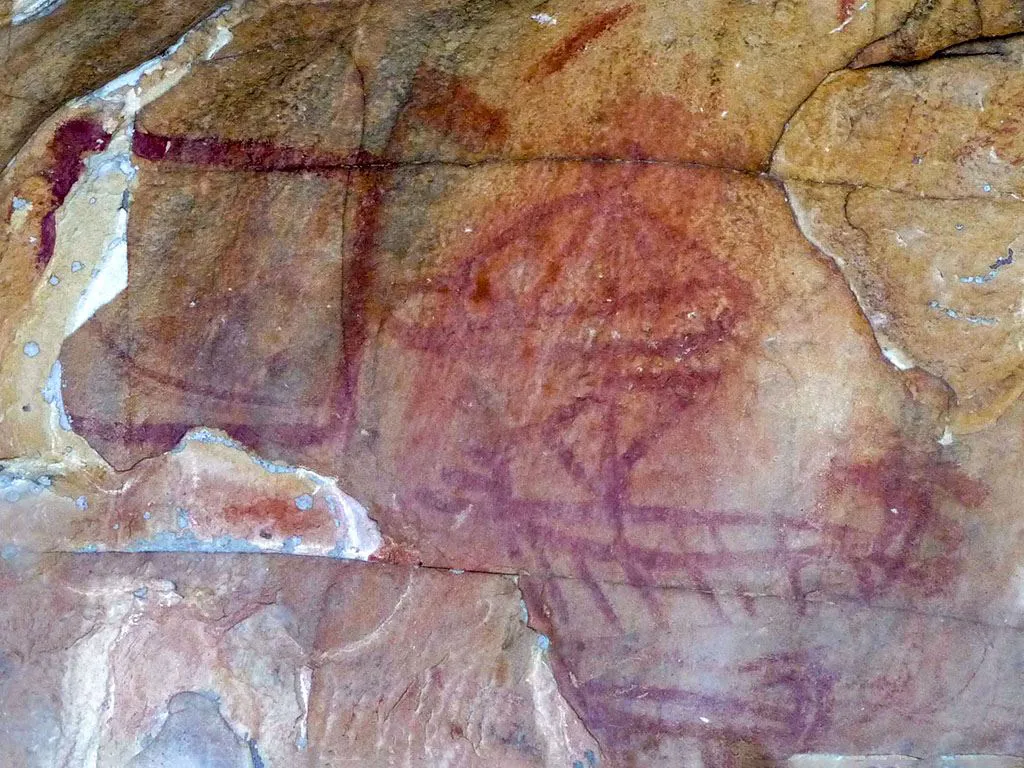
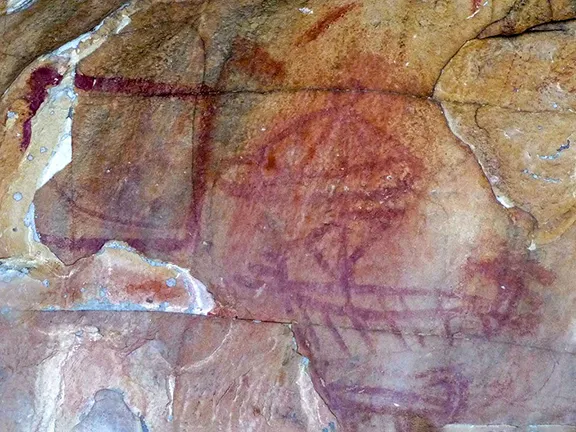
Cave paintings at Laja Alta
Jimena has adopted, for its emblem, a representation of some cave paintings found in Cueva Laja Alta. The cave paintings represent sea scenes and depict Phoenician style ships. Since the paintings were made in the cave of Laja Alta, near Jimena, around 1,000 BC, numerous civilizations have gone through the lands of Jimena: Iberians, Roman, Visigoth, Arab and Christian, of which many ruins are preserved.
It is in the Roman period that the region was at its real height, due to the intensive agricultural exploitation of the plains crossed by the rivers Guadiaro and Hozgarganta. The Roman town of Oba, situated on the hill above Jimena, already founded by the Iberians, even minted its own money. In the 4th Century AD Oba was abandoned as Rome withdrew its troops to meet the increasing threat posed by the Suevi, Alan and Vandal invaders from central Europe.
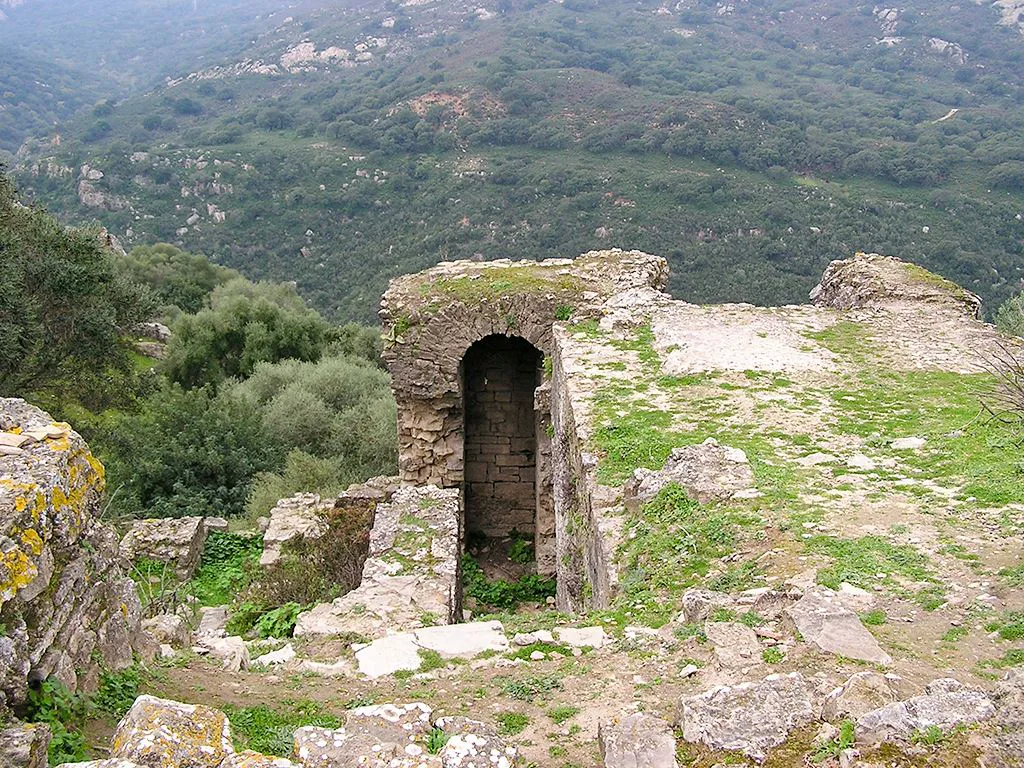
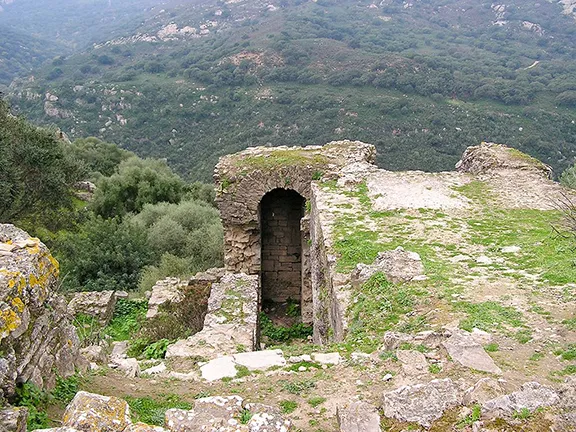
Roman section of castle
In 415 AD in the rest of Andalucia the Visigoths, at the invitation of Rome, moved south from Gaul to displace the barbarian horde. There is no evidence of them occupying Oba. The hill was ignored by the Muslims during their invasion of 711 AD, and remained unoccupied until the 9th and 10th Centuries when a group of Spanish Christians established a church and small settlement on the hill beneath the Roman ruins.
This site is now known as the Moorish Queen's Bath and can still be seen. These people called their village Jimena. Only as the Muslims were being driven south out of Spain did Jimena become part of the defensive network of castles.
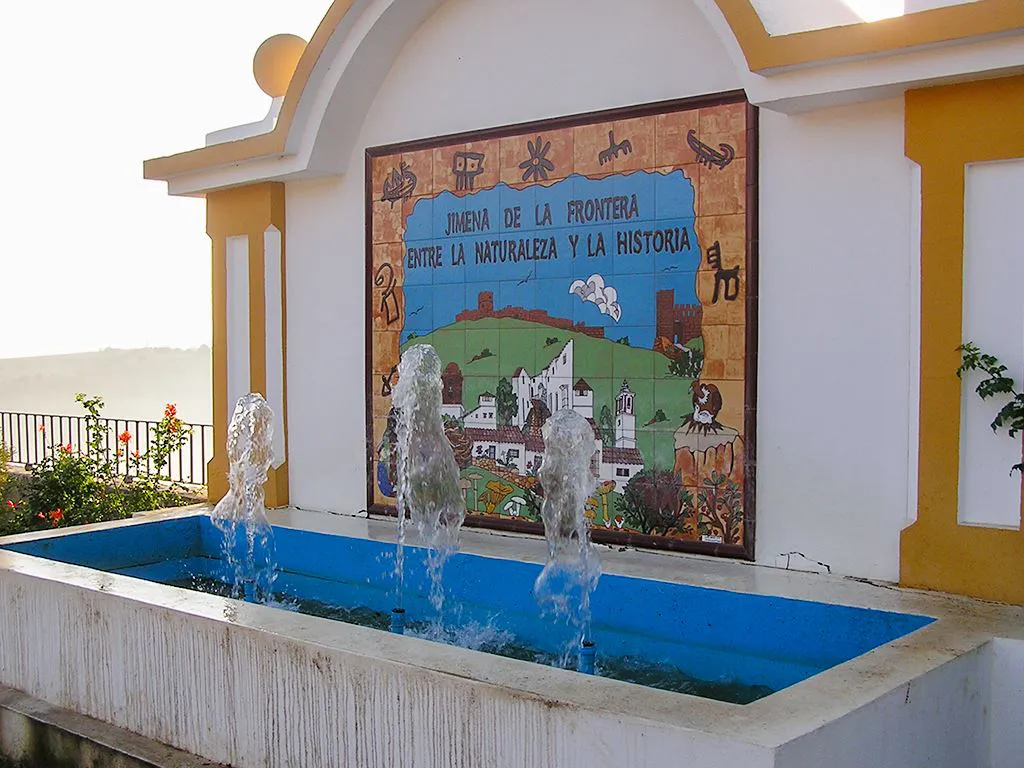
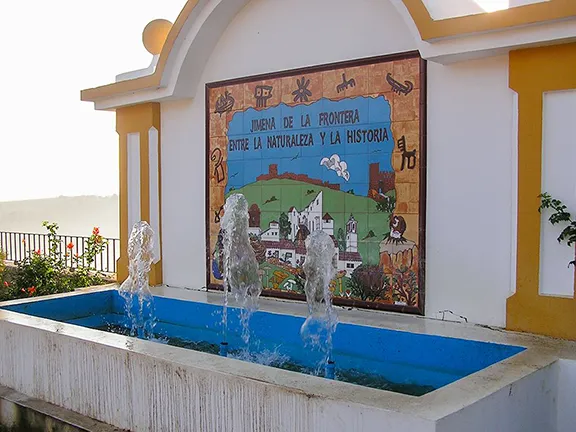
The Muslim occupiers of Andalucia ignored the village until around 1150 AD when Jimena found itself at the frontier between Spanish Christian forces and territory held by the Muslims. The Muslims built a castle using some of the Roman remains and called the place Ximena. In the arch over the gateway there is a stone visible today with a Latin inscription. Jimena constituted an important border enclave for two centuries, acquiring its suffix 'de la Frontera'. It was held first by the Nasrids, then it was taken in 1431 by the Christians who held it for 20 years when it was retaken by the Muslims and finally by the Christians again in 1456.
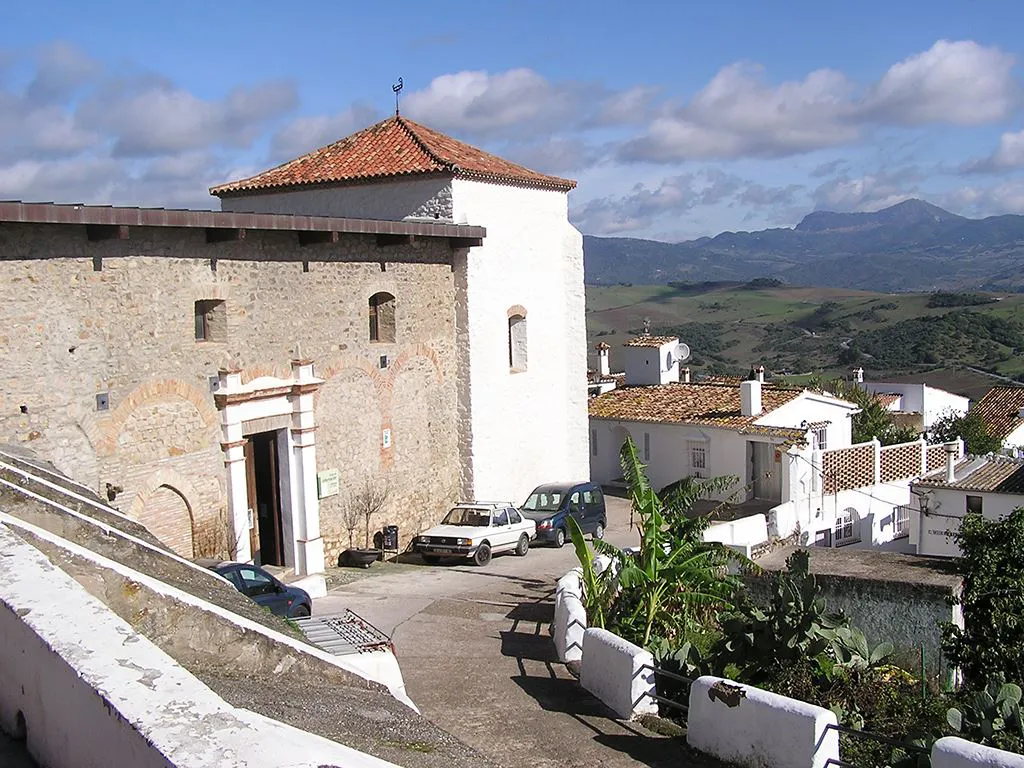
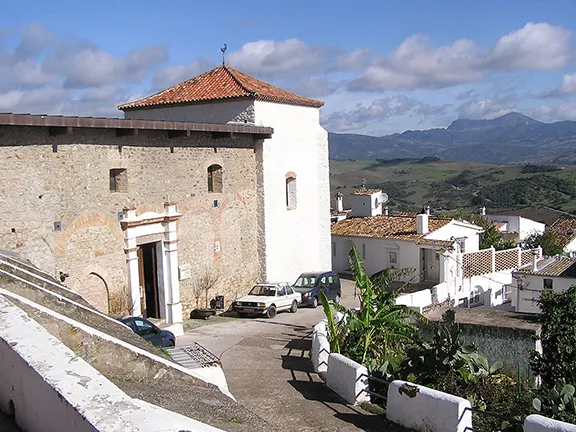
Top of the Town
Following the Moorish occupation and final ejection in 1492, people started to move out of the castle and build the town we see today surrounding the churches. A record of 1431 mentions three churches at Jimena, one of which, the oldest, La Misericordia, was an Arab mosque until the enforced change of religion.
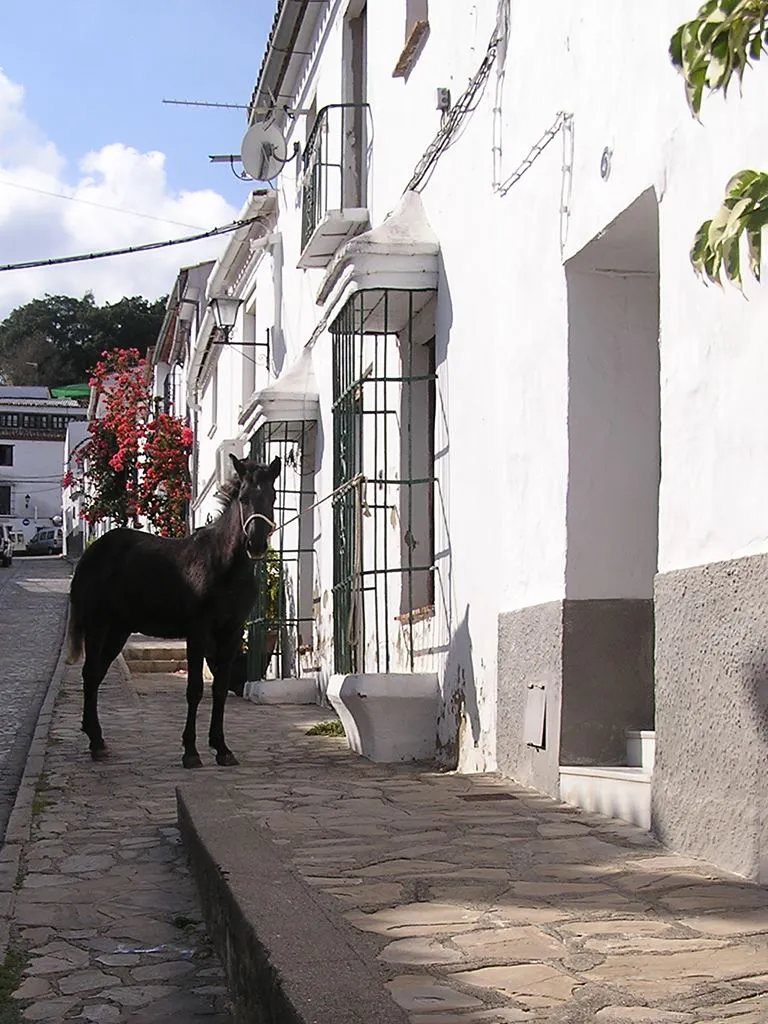
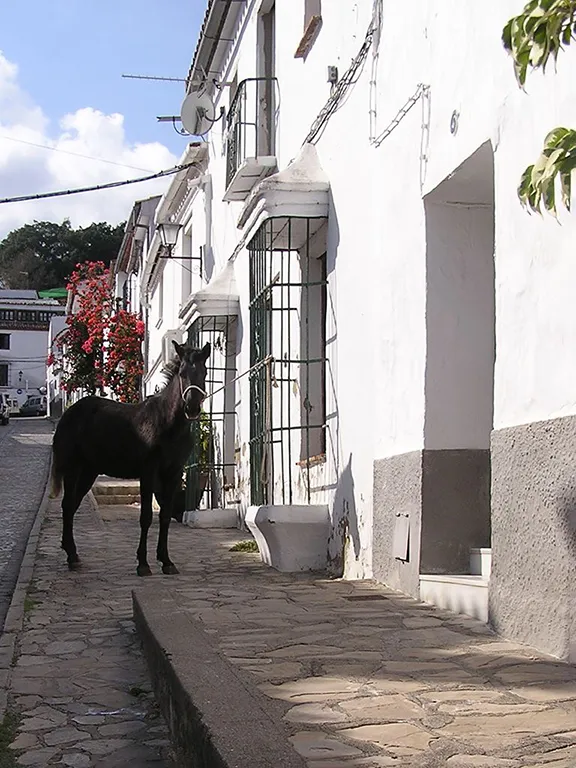
As in other places, the Christian church was built on top of the mosque. The town was handed over to the domain of the Medina Sidonia family in 1510. After some centuries of peace, farming and cattle breeding, the 18th Century, with the loss of Gibraltar, again turned Jimena into a military enclave.
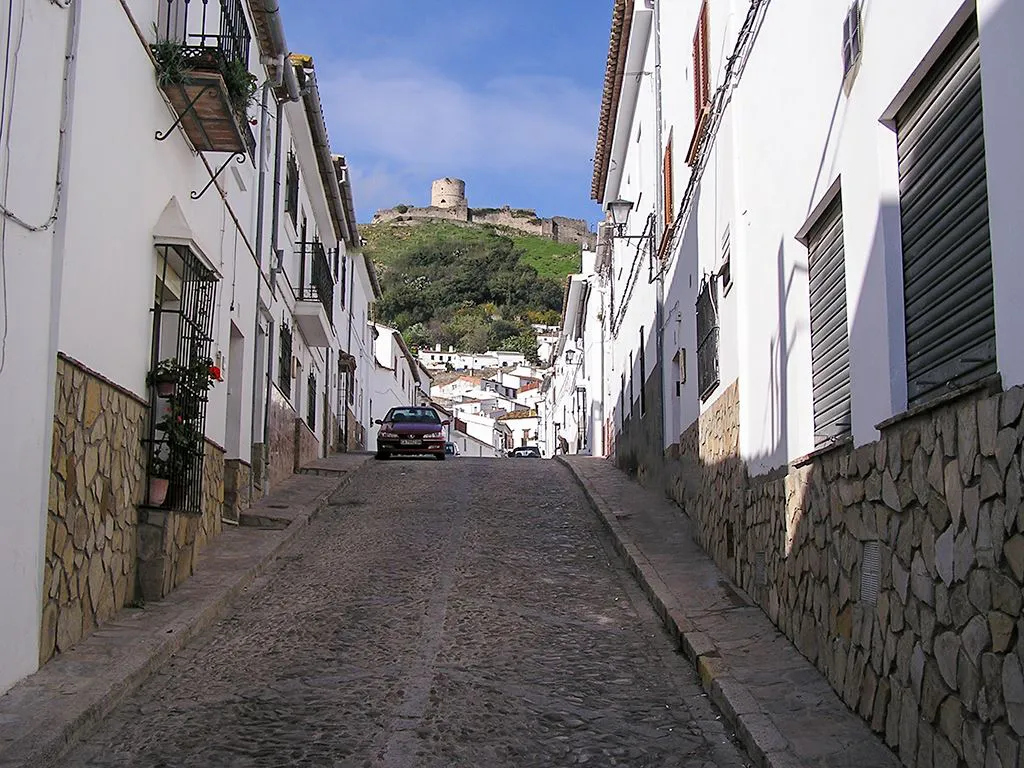
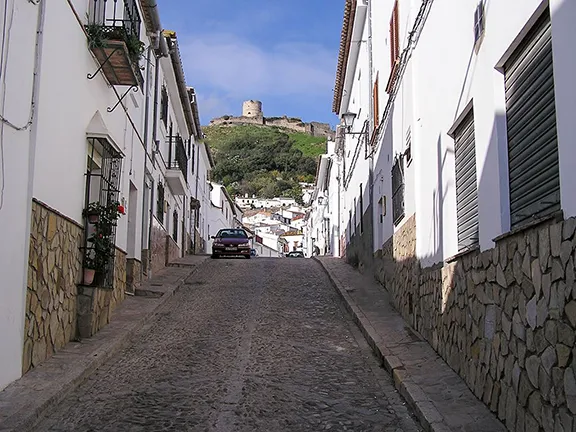
During the Peninsular Wars, 1808 - 1814, General Ballesteros used the castle as his barracks. The wall around the Moorish tower was built during this period. In 1879 Alfonso XII gave the title of Cuidad, Town, to Jimena de la Frontera as a mark of esteem.
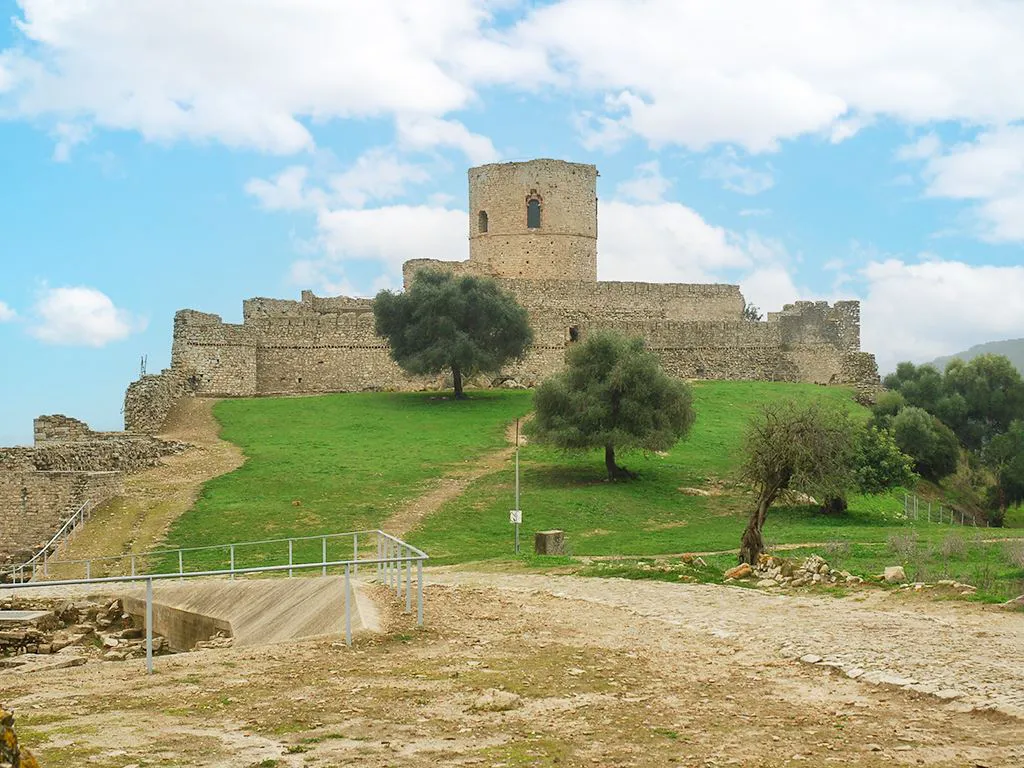
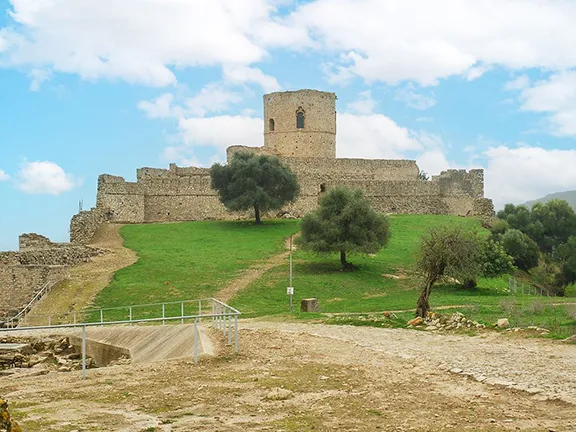
Jimena de la Frontera Castle
A walk up through the village, through the winding, rambling streets to reach the vantage point of the castle is well worthwhile. The people of Jimena are proud of their village particularly their plants. Colourful pots and planters decorate many of the houses. Nor have they entirely lost their traditional way of life. Do not be surprised to see, hitched to a bar, a family donkey. The streets are, after all, more suitable for donkeys than motor vehicles.
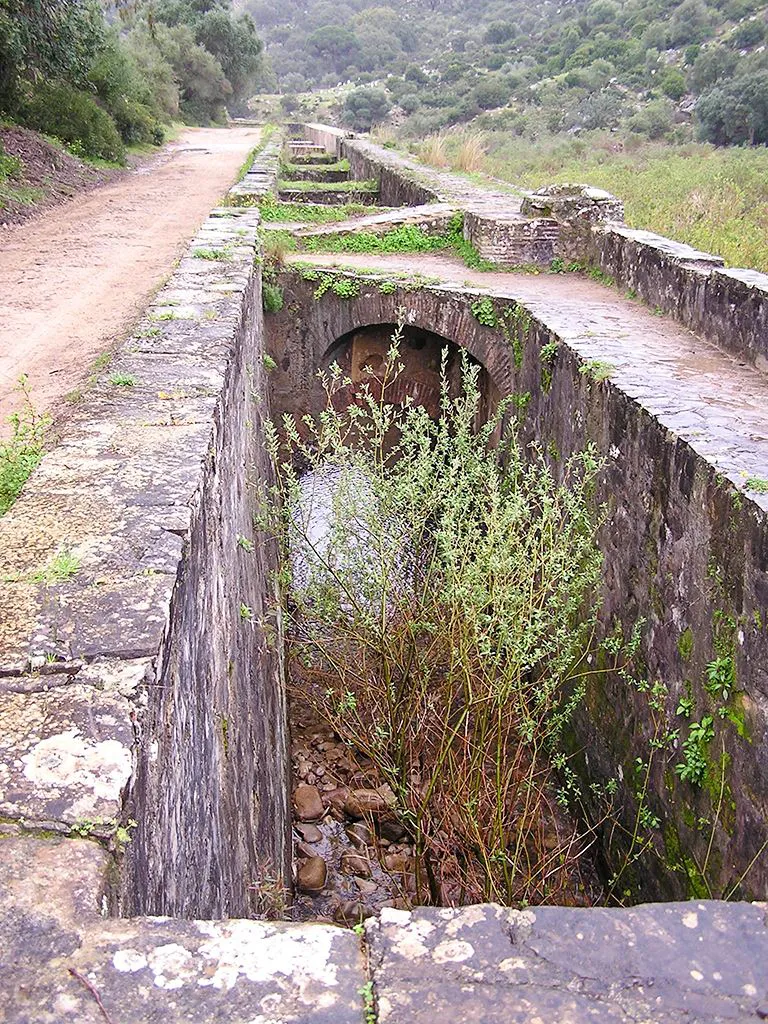
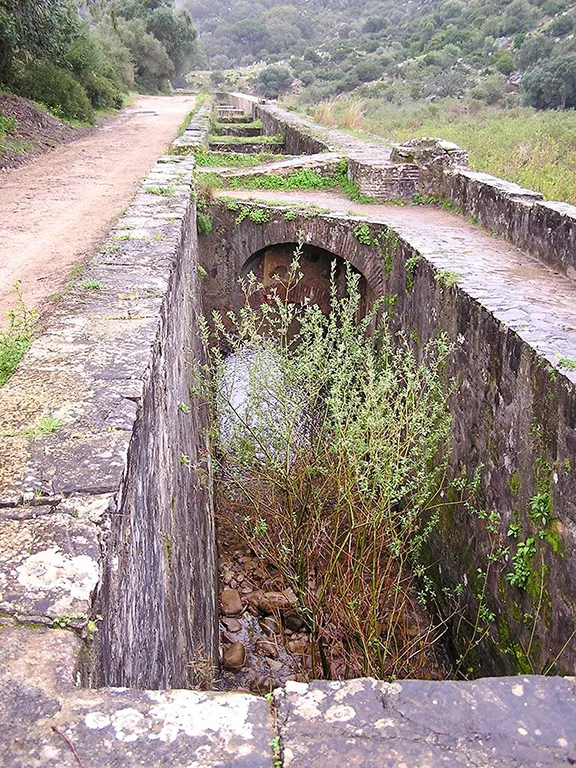
Aqueduct to Royal Artillery Factory
The Royal Artillery Factory at Jimena was established during this period to provide the cannon balls that bombarded Gibraltar during the 1779 - 1783 siege. There is a well-preserved canal that supplied water to the iron factory, to provide power for the water driven bellows used to blast the furnace. The canal was used by the Rodete Mill, downstream of the furnace until 1964 to grind flour. Little now remains of the furnace or factory itself.
In Jimena itself, in the vicinity of the village square, dominated by its ornate clock tower, you will find a few bars and restaurants. They all serve tapas as well as full meals. The food is traditional Andalucian including one dish peculiar to this area, Tagarnina, made from edible thistles.
Jimena de la Frontera is a gateway to the beautiful Los Alcornocales Parque Natural. On the western front of the Andalusian mountains, between the provinces of Cadiz and Malaga, this natural area is a succession of rugged mountains of different heights. Wind and rain erosion over millions of years has created a rugged landscape with gigantic rock slabs and forbidding crevices. Within the park, there are many walking and biking routes.